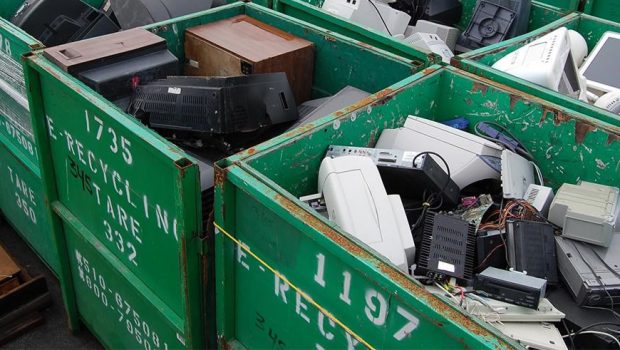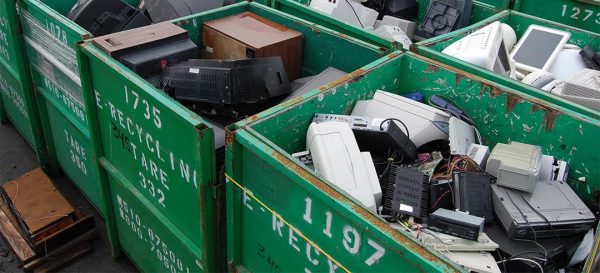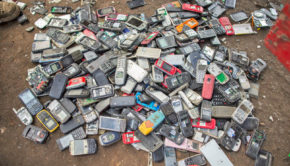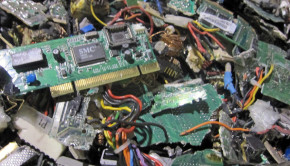The Global Community’s Pressing Problem
Many industries across the globe are looking for ways to be more eco-friendly, in light of the current global demand for natural resources. There has always been a need to conserve the materials the earth provides, but with things like world hunger, global warming, and a potential global recession looming on the horizon, conservation efforts have become more pressing. Developing a sustainable future should be a global effort, but currently, changes are only occurring in small pockets of industry or companies around the world. Currently, ecoATM is one of the few companies looking to make a difference in the area of electronic waste. As of now, e-waste has been ranked as the primary threat in waste streams that will take over the ability of both developed and undeveloped countries to remain sustainable in the future.
Trends of the Future
Even though there has been an awareness of e-waste for the last two decades, research is showing that the levels of waste are growing at incredible rates. The Bureau of International Recycling is reporting that the e-scrap industry will collect approximately 53.3 million tons each year by the time 2025 rolls around. The figures are showing e-waste increasing by about 3% each year. The most staggering piece of information comes with the per person capita breakdown associated with the amount of waste in comparison to the global population. The average amount of e-waste is estimated to be 6.7 kg per person by 2025.
Western Cultures are the Culprit
In general, the United States, Europe, and Canada are currently the largest contributing culprits in e-waste accumulation when it comes to e-scrap per inhabitant. With the ecoATM professionals working to solve part of the problem in the U.S. by operating an electronics recycling center, this number could start to change. However, there is still a global crisis to understand. The countries of Asia and in the Pacific generate the largest amount of e-scrap across the globe, with the total being about 40% of all e-waste produced. It is estimated that this number will continue to climb as these countries are increasingly reliant on technology and electronics in their heavily populated areas. China has been named as the world’s largest producer of e-waste by quantity, which is slated to grow to about 27 million metric tons by 2030. Even with these staggering numbers, the United Nations reports that a lot of the e-waste that is managed worldwide is not documents. The UN reported that 34.1 million metric tons of global e-waste went unreported and untraced during the year 2016.
Recycling Efforts are Low
As e-waste continues to rise, so should the amount of recycling being conducted. However, 2016 data reveals that only about 20% of the e-waste generated was recycled through certified, correct channels. There is e-waste legislation that governs about 66% of the world’s population, but there is still room for improvement. With only 41 countries actually collecting data on e-waste, it is hard to address the root cause of improper disposal. Many companies are trying to keep operating costs low when it comes to electronics disposal, but incineration and landfill options only further pollute the environment with the harmful toxins contained within the e-waste. Recycling efforts allow valuable materials with electronics like gold, copper, or aluminum to be recovered rather than having to mine for new resources from the earth. Recycling is a more cost-effective option for future production needs, but it also allows for the conservation of the natural resources in the earth’s crust.
There are many reasons to recycle old electronics rather than dispose of them at a landfill, but none is as important as protecting the environment. Whether it is saving resources from being mined or preventing a release of toxins back into the environment, e-waste management solutions need to become a priority if a sustainable future is to be achieved.
















